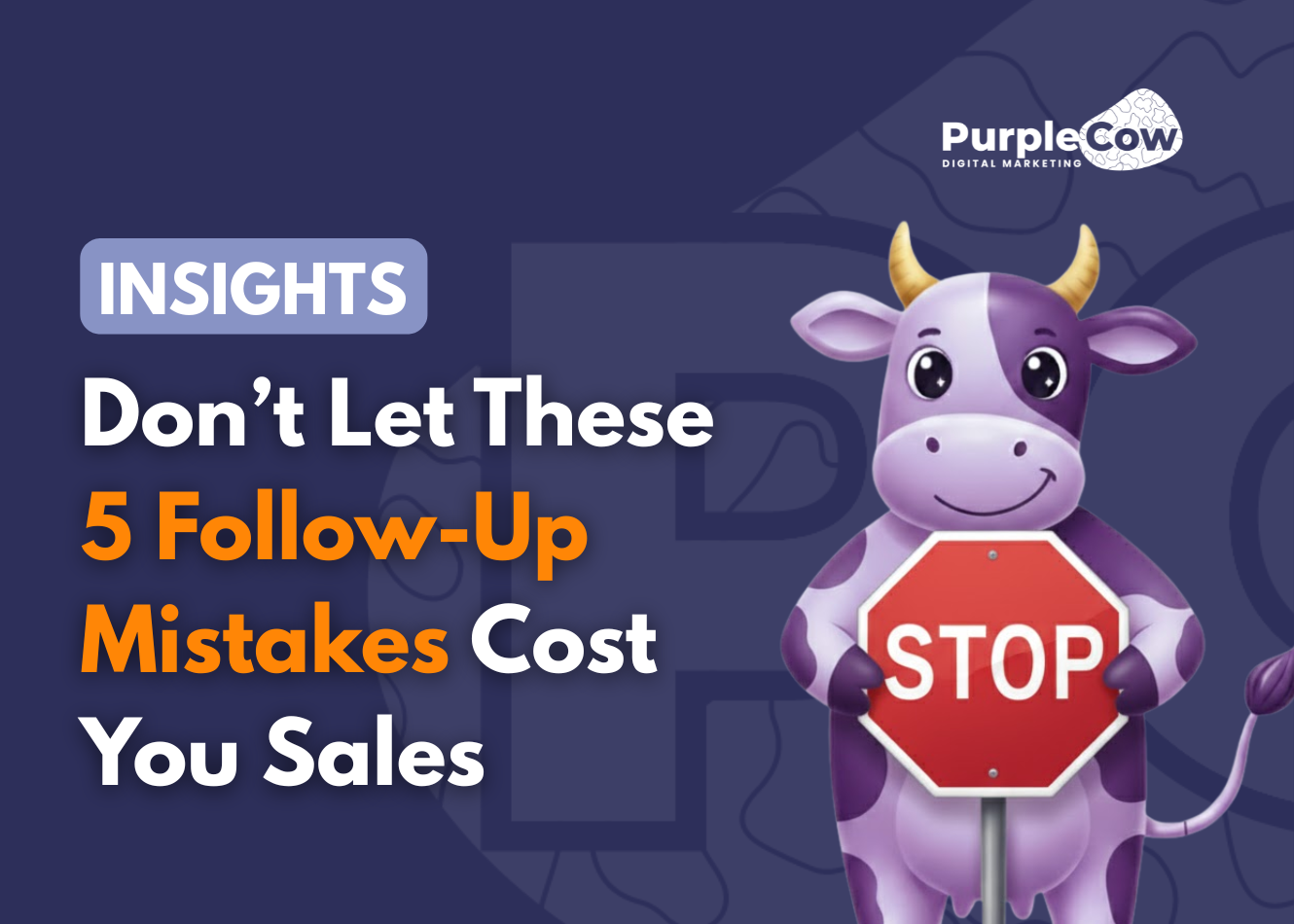A major part of branding is how to position yourself in the market against your competitors. There are various factors that can set your position and is often based on your industry, market size, demographics, and other considerations.
These factors may set challenges along the way in case you analyze your business. What helps you set apart? From your business model, unique selling value, or company story, here’s how to position yourself in the market today.

Internal factors
External competition in the market is completely inevitable. You will meet other businesses selling something identical to yours. So, what can you do to stand out from the crowd and position yourself in the market?
Create your unique selling proposition (USP)
Your USP (also called a unique value proposition or UVP) is what separates you from your competitors. It explains in detail how to create products only you can deliver, solve customers’ concerns, and why customers should choose you.
You should write down your USP on a business paper or marketing plan. It helps reinforce the idea of your online strategies. What’s more, placing this on the front your website will let users understand your company.
Brand your business for a strong foundation
What do you want to see in yourself and how would you achieve that? How to reach that goal? Listing down your vision and mission may seem a little basic, but it’s a great start to understanding your company.
Do you want people to see you as cool with a beach-boho vibe? Or with elegance, chic, and charm? The qualities you want to integrate should reflect on your brand.
Empower your team
A brand doesn’t mean just your company’s face value. It’s not about those logos, marketing posters, or website that defines your business personality. Your employees are a special kind of brand that lets people have a clear, positive mental image on your business. Simple, they work awesomely on your company; hence, the business gets a positive image. Poor performance can have the business branded badly.
Give your team members a sense of purpose, a goal, or objectives to accomplish. That way, they have a purpose, a meaning, and something to look forward to in your company. When we say employee growth, it doesn’t have to be a promotion or added job work, instead, you invite them to attend a training, seminar, or workshop to hone their skills.

Customer relationships
After creating a foundation of your business, it’s time to define your target audience. How old are they? What do they do? What’s their lifestyle? Are they in line with your brand’s message?
Know your target demographics
First, you need to know who you’re marketing to. How old are they? What do these people do during the weekends? What are their lifestyles, likes, or dislikes? What do you think is there buying personality?
You can try reaching out to your ideal customer by interviewing them directly or gather surveys about them. Here’s what should be included when you want to profile your potential customers:
- Age
- Location
- Occupation
- Income
- Interests
- Hobbies
- Priorities
- Goals
Don’t forget probable prospects
You have customers and prospects – both are different. The latter is someone who is interested in your service and will become a likely customer. Meanwhile, a customer is who has already transacted with your business. To better understand your audience, you can do an A/B Testing of your service to position yourself in the market.
For instance, you have a body protection product with a target demographics for gym users. However, it can be an interest of anybody who gets into an accident, wants to prevent injuries in his or her line of work, or looks into an aftercare of surgical procedure.
Create a customer profile
The more you know your target group, the better you can reach them with your message. Identify your target market and understand their backgrounds, experiences, likes, and dislike to the environment that speaks to them directly. People receive thousands of ad campaigns every day.
So, how to position yourself in the market? Your best approach to producing content lies on how well you know your target customer. Likewise, you can tweak your customer persona especially when you garnered new audiences that have not been under your target groups.
Use testimonials from purchasing customers
People are likely to purchase your products especially when they see positive testimonials or reviews of your business. You reach out to repeat customers on why they love doing business with you. You can even publish their sentiments on your website with their consent.
A business with positive purchasing customers gets a nod in the industry. In due time, you can become an authority figure in your line. Social proof is an effective marketing strategy to boost sales and earn customers. It’s a phenomenon known as informational social influence where people are easily swayed with the actions of others, thus, following the same actions.

Market and competitors
Small business owners often find the market ideal for huge companies because of the resources and stiff competition in the industry they find themselves in. However, as a startup or small business owner, you should know how to position yourself in the market despite their size.
Create a competitor analysis
Competitor analysis is a method in which your business considers the strengths, weaknesses, opportunities, and threats of your competitor. Every day, huge companies are gathering data from their competitors. But the method is not recognized by small business owners as a profitable assessment.
Make a market analysis
A market analysis allows you to spot your strengths, weaknesses, opportunities, and threats (SWOT). Out of your SWOT analysis, you can make intelligent strategies on how to curb your losses with your business strengths. A SWOT analysis will also predict foreseeable trends and how to adapt to it.
Prepare a strategic marketing plan for your brand
Businesses without strategic digital marketing strategies don’t have a clear goal for what they want to achieve with their company and target audience. By putting your online marketing efforts out there, you get to understand your customers and what they want. You also get to know your online value proposition and market share based on how many respond to your digital marketing endeavors, thus, it’s to place and position yourself in the market.





